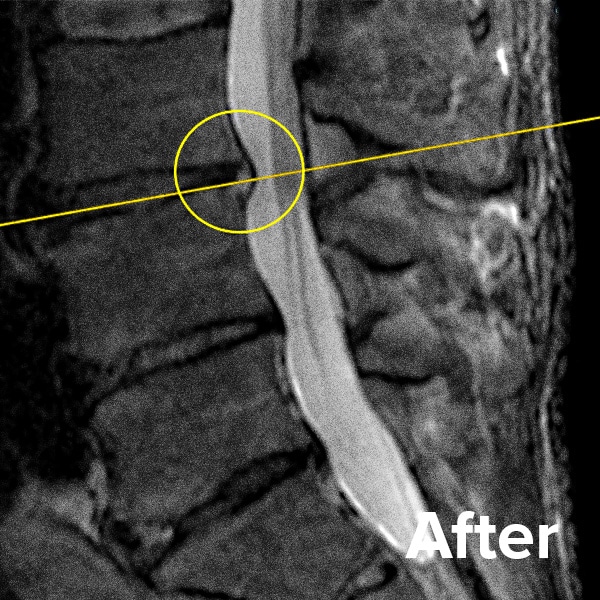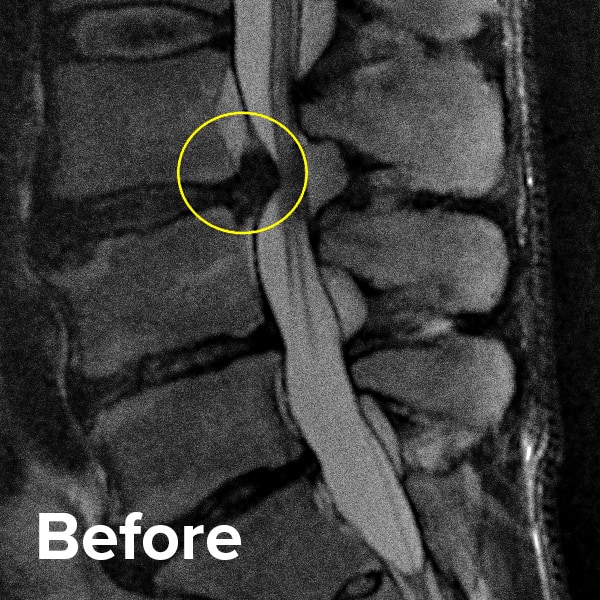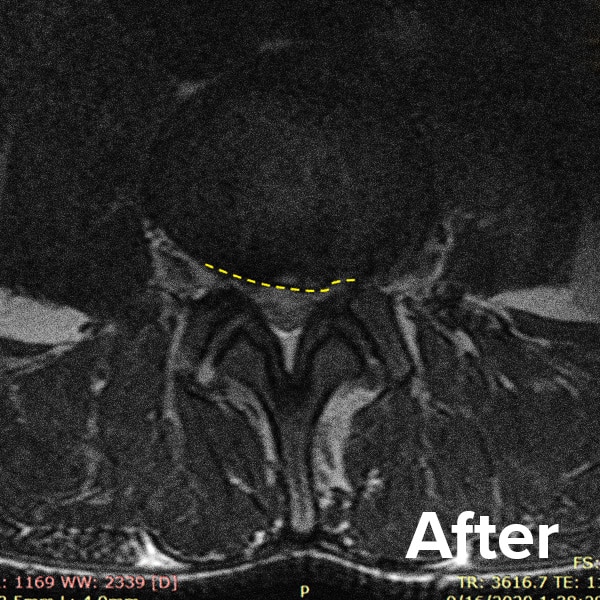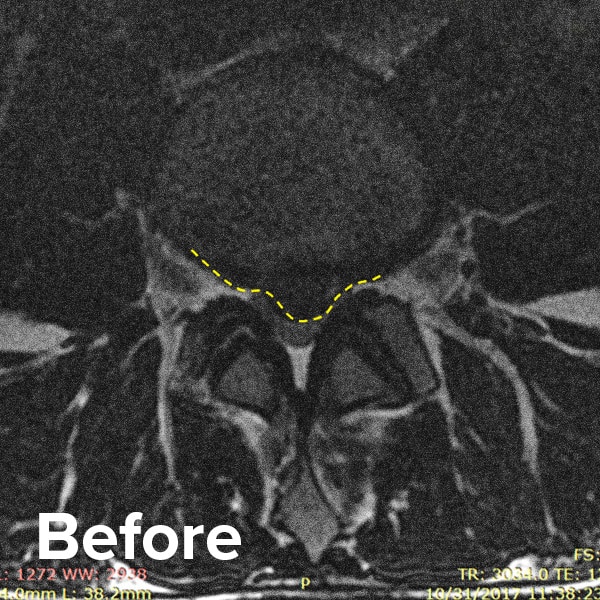Alternative Herniated Disc Treatments In Ospina Medical – New York, NY
The discs in the spine act as cushions between the vertebrae (spinal bones). Each disc includes a firm outer layer called the annulus fibrosus that surrounds a soft, gel-like center known as the nucleus pulposus.
A herniated disc occurs when the outer layer is damaged or ruptured, allowing the inner gel to move beyond its usual boundaries. This displacement may place pressure on nearby spinal nerve roots or the spinal cord itself. As a result, individuals may experience localized pain near the affected disc, as well as radiating discomfort, tingling, numbness, or muscle weakness in the arms or legs, known as radicular symptoms.
Although the term “herniated disc” is sometimes used interchangeably with “slipped” or “ruptured disc,” it differs from a disc bulge or protrusion, where the inner material remains contained within the disc structure.
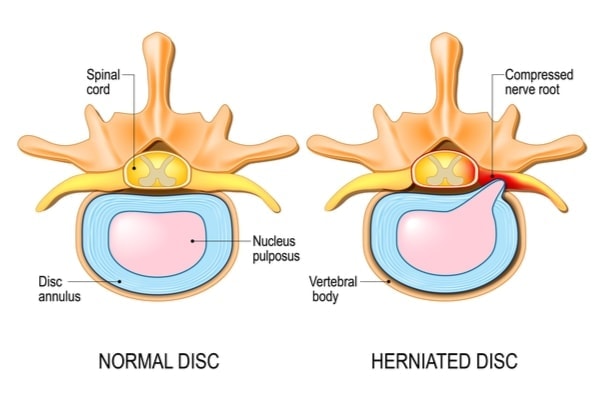
How Is a Herniated Disc Treated?
Conservative approaches to managing spine-related discomfort may include physical therapy, acupuncture, prescription medications, and high-dose epidural steroid injections. Although epidural steroids may help temporarily reduce pain, repeated or high-dose use has been associated with potential adverse effects and may influence the body’s natural healing processes.
When these non-surgical measures do not provide sufficient relief, surgical options are sometimes considered. One approach may involve removing a portion of the affected disc to alleviate pressure on nearby structures. However, altering the disc’s structure may result in reduced stability and increased susceptibility to future injury. In more advanced cases, spinal fusion, a procedure in which two vertebrae are surgically joined using implanted hardware, may be recommended. This is considered a more invasive intervention and may significantly limit mobility at the fused segment.
How Long For Herniated Disc To Heal Without Surgery?
In many published studies, most individuals with herniated discs experienced improvement in symptoms over time without surgical intervention. During this period, maintaining comfort and staying as active as possible is often recommended to support recovery.
For individuals who experience more persistent or intense symptoms, additional treatment options may be considered.
Procedures using Regenexx lab processes may help reduce pain in the lower back, buttocks, or legs, and may also address numbness or tingling in the legs or feet. These procedures are less invasive than surgical alternatives and typically involve minimal recovery time. In many cases, patients report reduced reliance on prescription pain medications, including opioids, and can return to daily activities with minimal interruption.
Regenexx PL-Disc: Avoiding the harmful side effects of epidural steroids and back surgery
635 Madison Ave
Suite 1301
New York, NY 10022
Request an Appointment
Call to Schedule Schedule OnlineClinic Hours
| Sunday | Closed |
| Monday | 9AM–5PM |
| Tuesday | 9AM–5PM |
| Wednesday | 9AM–5PM |
| Thursday | 9AM–5PM |
| Friday | 9AM–5PM |
| Saturday | Closed |
How To Treat a Herniated Disc Without Surgery
During Regenexx’s outpatient procedures, custom concentrations of your body’s natural healing agents are injected into the exact areas of damage in the spine. Treatments use only your own blood to make super-concentrated platelet-rich plasma (PRP) or your own bone marrow concentrate (BMC), which contains stem cells.
Treatment for herniated discs may include a Regenexx PL-Disc Procedure. The PL stands for platelet lysate, which is a highly specialized derivative of PRP.
Am I a candidate?Watch a real Regenexx spinal procedure performed by a certified Regenexx physician.
Our goal is to use the least invasive, least expensive procedure to get the desired results. Your Regenexx physician will work with you to determine whether that would be a platelet procedure or a BMC procedure.
Herniated Disc MRI
Below are MRI images from an individual treated with a procedure using Regenexx PL injectate for a subligamentous disc herniation. Following the procedure, the individual reported a significant reduction in discomfort and was able to resume daily activities within several weeks.
Use the arrow to scroll right and view the MRI taken prior to the procedure—the lighter area in the image indicates the location of the disc issue. Scroll left to view the follow-up MRI, taken approximately two years after the initial treatment.
Herniated disc before and after MRI images 1
Herniated disc before and after MRI images 2
Request an Appointment
Webinar: Treating Back Pain Without Surgery

Join Chris Centeno, MD, founder of Regenexx, to learn how Regenexx procedures can help treat your herniated disc without surgery and lead to a faster recovery.
During this free webinar you’ll learn:
- How procedures using bone marrow concentrate (BMC) and platelet-rich plasma (PRP) compare to surgery and other spine pain treatment options
- Procedure expectations
- Answers to the most common questions about regenerative medicine treatments
